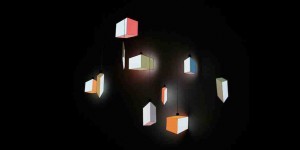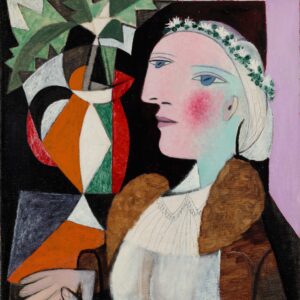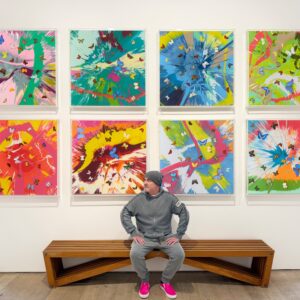
Art Deco is one of the most iconic styles and movements in art and design history. What exactly contributed to its unique aesthetic? Let’s take a look.
Historical Motifs
Perhaps the most significant influence on Art Deco is the art and design themes from different historical and cultural traditions. For such a modern design movement, it might be surprising to learn that it took many of its motifs from traditions so rooted in different nations’ history – from Ancient Egyptian iconography to Aztec geometric shaping, clean Japanese clockwork, and Native American motifs.
That said, the influence of the design themes, motifs, and narratives from these eras is powerful and enduring. Today, such historical motifs can even be seen in online casino games, such as the Ancient Egyptian-inspired Eye of Horus franchise, Mesoamerican-themed Aztec Ascent and Mayan Mystery, and other games like Japanese Mystery and Apache Way. In fact, their influence can still be seen today throughout a wide range of different media – take Marela Zacarías sculptural explorations, the architecture of Ieoh Ming Pei, and Arthur Golden’s fictional Memoirs of a Geisha, to name just a few. With the long-standing influence of the traditions that inspired it, it is easy to see how timeless Art Deco design has become. Though New York’s Chrysler Building is known for its Art Deco influence, looking at it through this new historical lens will give you a whole new appreciation for its design. The series of triangular windows hold rectangular glass panes, stacked on top of one another to create the impression of brickwork akin to the Egyptian pyramids. The clean semi-circles of the tower grasp the same balance of Japanese woodblock prints. Most prominently, the building has taken clear inspiration from Aztec and Mayan temples, complete with stacked blocking and snaking designs.

The Industrial Revolution
The Industrial Revolution was a period of global transformation, as the introduction of machinery signaled a switch toward industrial production. This change did not only impact the manufacturing process, but it also triggered a shift in business, economics, and the overall structures of society. In the US, the Industrial Revolution began in the 1870s, continuing throughout both World Wars. Of course, this means that the Industrial Revolution was afoot during the developmental phase of the Art Deco movement, highlighting the cultural impact it had on art and design, too.
As such, many Art Deco artworks and architecture are carefully made up of bold shapes and straight lines, inspired by the new streamlined nature of machine-powered processes. To balance the simplicity of such designs, many incorporate motifs that symbolize machinery itself, or the cogs and wheels that help them to operate, building in more detailed elements intrinsic to its inspiration.
And, finally, the Industrial Revolution inspired the color palette and materials used in the Art Deco design movement. Typically, dark hues will be offset by shiny surfaces and bold metallic tones, taking influence from the machinery all around. Further to this, the golds and silvers add a layer of luxury and opulence to the designs, symbolic of the opulence of the era, and show a growing optimism towards the future.
As you can see, the Art Deco is a product of its time, yet simultaneously draws on influences of the past and shows attitudes towards the future, amalgamating to create a timeless aesthetic that oozes modernity.







